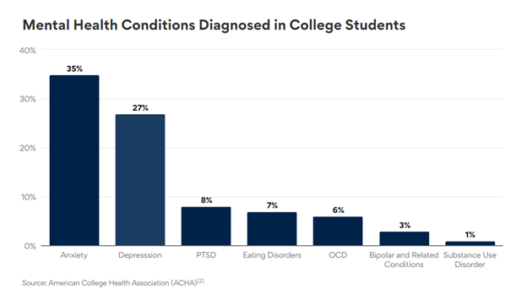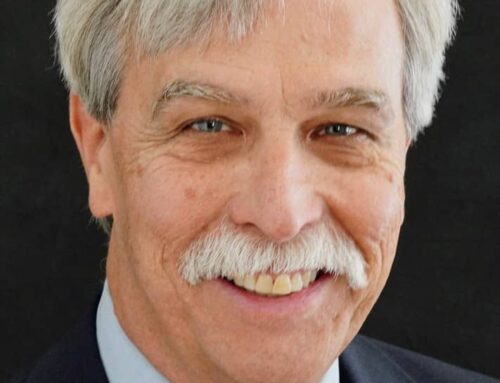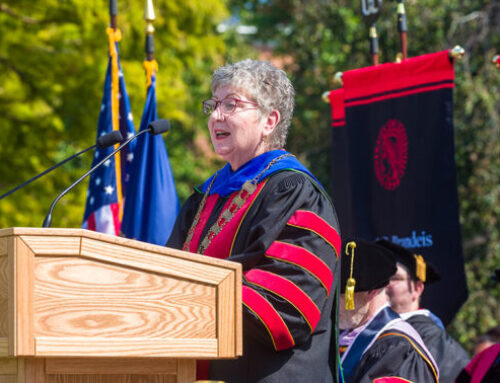By Anna Williams
In a survey of over 54,000 undergraduates, the American College Health Association’s (ACHA) Spring 2022 National College Health Assessment found that a whopping 77 percent struggle with their mental health.
What overwhelms those students the most is generalized anxiety and depression. This percentage is the result of years of nonexistent and ineffective mental health resources on college campuses. Universities and colleges have noticed this troubling trend, especially during the COVID-19 pandemic where mental health resources were amply needed but ultimately lacked.
To combat this issue, many of these institutions have established places where students can go to receive services from mental health professionals while being on campus during the school year. Having a specialized, safe place for students to converse with someone about their problems was an excellent first step for these institutions to invest in.
However, the structure of these services has proved to be inefficient for the overwhelming number of students that need to be seen. This is mostly due to the disproportionate student-to-counselor ratio that many institutions face.
So how can institutions improve the mental health care that they are providing for students? That is the big question that many professionals and affectees of the ineffective system are asking today. Regardless, aspects of mental health care need to be enhanced and expanded if students will have a future to see relief from their struggles.
Where is Louisville lacking?
Feature writer and editor at The Louisville Cardinal, Payton Carns, recently wrote about this structural failure on the University of Louisville’s (U of L) campus. According to Carns, “Students in crisis can find themselves waiting for therapy appointments for up to two to three weeks.” This is due to the lack of appointment availability that the Counseling Center counselors have for students in need.
This is a significant issue when thinking of the potential risk that these students have when their mental health needs are not met. Some of those risks can include, but are not limited to suicide, substance abuse, inability to perform tasks, and other health problems.
What action needs to be taken?
It is unrealistic to expect the Counseling Center at U of L to proportionately match the number of students that are seeking their services, considering 22,640 students attend the university. However, I do agree with Carns that the university could make strides in hiring more counselors for the general student population so that more resources are available for students in crisis and fewer students are placed on a “wait list.”
I also think that establishing other means of mental health services in a less traditional way could help reach more students and prevent students in crisis from not having any means of help. For example, if the university’s Counseling Center partners with the Student Resource Center’s yoga instructors for a “mental health flow” class, I think this would be a great way to reach a large number of students while only requiring one or two professionals.
The importance of these efforts
It is apparent that U of L has work to do when it comes to providing engaging resources for students to utilize when they are in a mental health crisis. In order to build up Cardinals into distinguished professionals, the university must prioritize the aspect that fuels one’s success, one’s mental health. By hiring more counselors at the Counseling Center and finding unorthodox ways to target mental health concerns in a group of students, I believe that U of L can address the mental health crisis that is taking hold of its students.
Photo Courtesy // APM Reports







